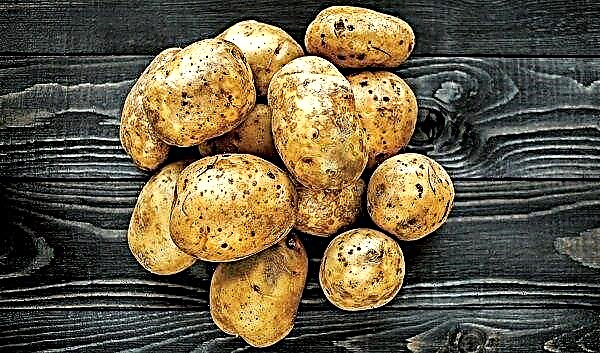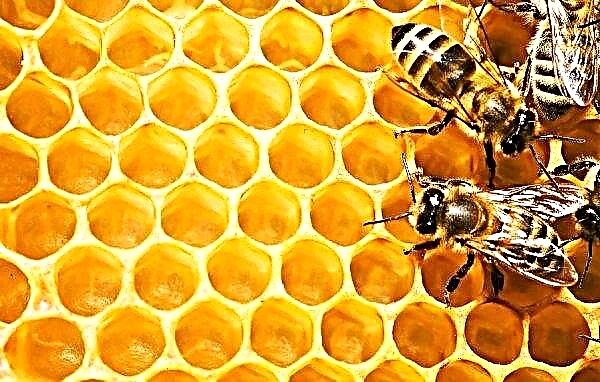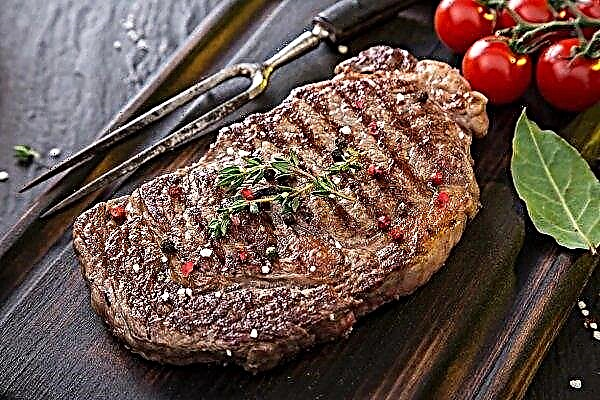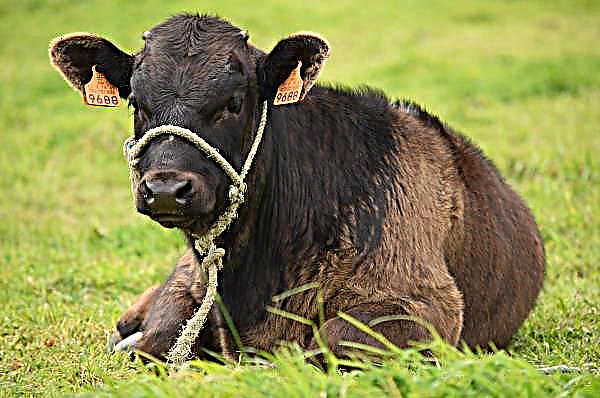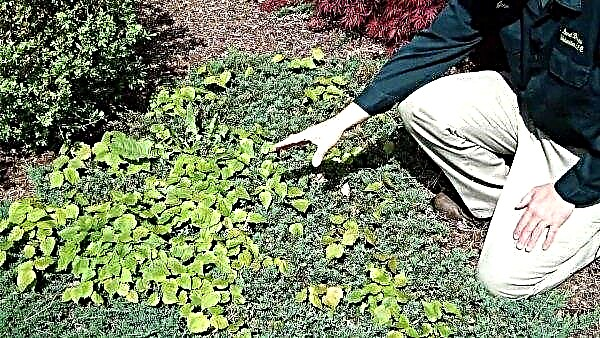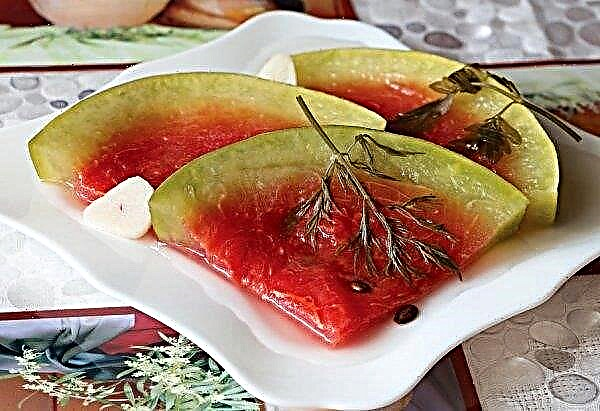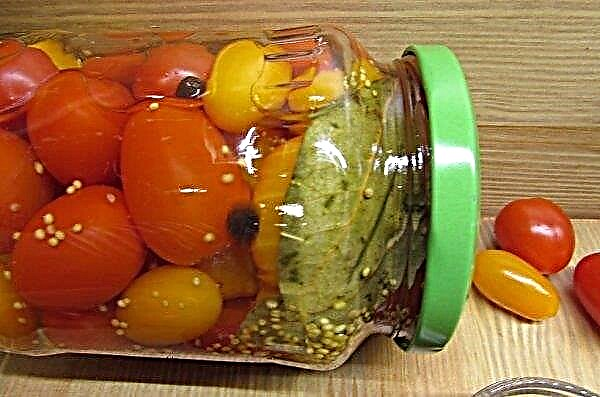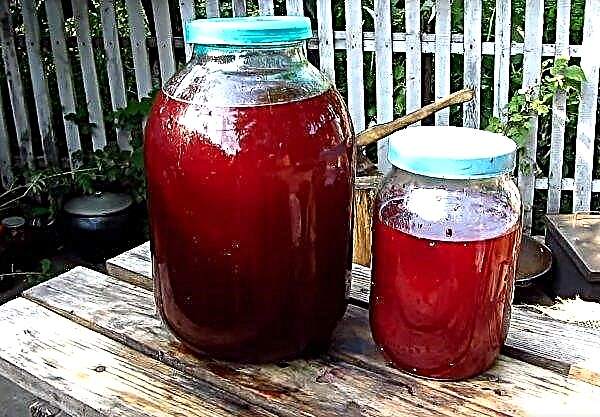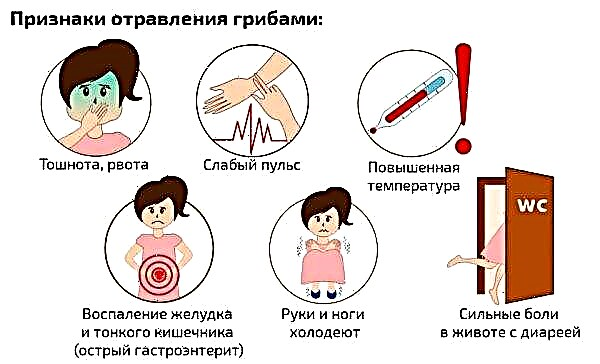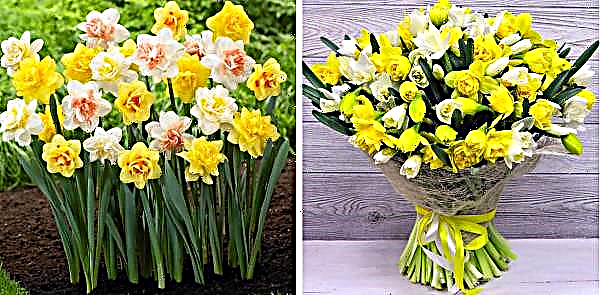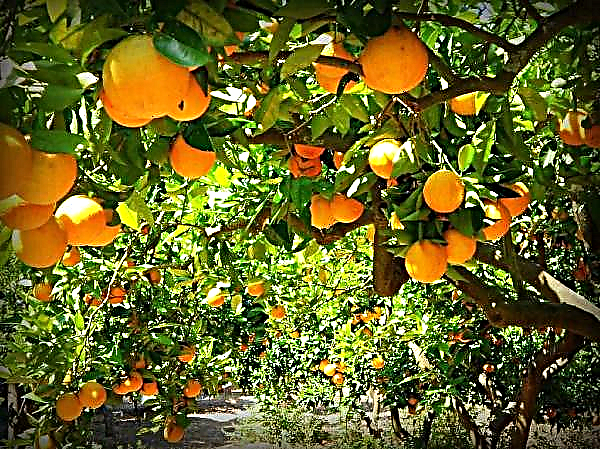It is impossible to imagine a human diet without vegetables, and especially in the cold period, when the body so needs additional vitamins. In today's article, we will consider how to grow cucumbers in the fall, using greenhouse conditions for this.
The choice of variety or hybrid for greenhouse cultivation
For this purpose, it is best to choose hybrid self-pollinated varieties, which include:
- Amur. The plant is medium-braided, resistant to temperature extremes and diseases. Fruits are oval with a tuberous surface, length - up to 15 cm, weight - up to 120 g. Productivity - at the level of 20–25 kg / 1 m².
- Suomi. The growth of side shoots is limited. The variety is resistant to colds and diseases. Cucumbers are oval, up to 6 cm long, dark green in color with light stains. The surface is tuberous with black spikes. The absence of bitterness is genetically determined. Productivity - 9 kg / 1 m².
- Valaam The stalk is powerful, with almost no side lashes. The stage of ripeness occurs after 38 days. Fruits are small, cylindrical in shape, up to 6 cm long, dark green with a waxy coating. Productivity - 13 kg / 1 m².
- Sarovsky. The plant is single stem. The cucumber is short, cylindrical in shape, covered with tubercles with white spikes. The mass of one fruit reaches 90–110 g. Productivity is 15 kg / 1 m².
- Orpheus. Medium bushy variety. Fruits 40 days after planting. Fruits 13 cm long, thin peel with small tubercles, weight up to 110 g. Productivity - 5–8 kg / 1 m².




Preparing a greenhouse for growing
First of all, it is necessary to remove the top 5 cm of land after the harvest. This procedure will protect new plantings from harmful substances, pathogens and plant debris accumulated in the soil during the season. The design itself should also be tidied up: paint the frame and treat the metal elements with copper sulfate.
Fertilizers of mineral and organic nature must be added to the soil. Perfectly ripened manure in the calculation of 20 kg per 1 m². The soil sprinkled with fertilizer is dug 25 cm deep.
Important! In the autumn, nitrogen fertilizers are contraindicated, they are applied only in the spring.
Then set trellis for subsequent garter bushes. The wire is fixed at a height of 2 m. The greenhouse must be equipped with heating devices so that the temperature is not lower than + 22 ° C and the air humidity is at the level of 80%.
In the autumn period, plants receive much less light, so it is necessary to install light sources that are fixed at a distance of 50 cm above the bush and raised as they grow.
Landing methods
Beds with a height of 20–30 cm are prepared for planting. Wells are placed with an interval of 30–35 cm, this will enable the bushes to fully develop and provide normal ventilation between them. The soil before planting is irrigated and after the moisture is absorbed, a culture is planted. For this type of cultivation, both seeds and seedlings previously grown are used. The seed is lowered to a depth of 2 cm, and as for seedlings - form a hole with a depth corresponding to the size of the root.
For this type of cultivation, both seeds and seedlings previously grown are used. The seed is lowered to a depth of 2 cm, and as for seedlings - form a hole with a depth corresponding to the size of the root.
Features of cultivation and care
The subsequent care of cucumbers is also important. A more detailed description of each parameter is shown below.
Temperature mode
From the moment of disembarkation, the temperature is kept at +25 ... + 30 ° С during the day and up to + 15 ° С during the night. On sunny days, be sure to ventilate the room.
Watering
Watering the plants is necessary every other day. Perform the procedure in the evening. To do this, put on a nozzle for spraying liquid on the hose, because strong pressure can damage the root system of the bush. On average, about 8 liters of water will be required per 1 m².
To do this, put on a nozzle for spraying liquid on the hose, because strong pressure can damage the root system of the bush. On average, about 8 liters of water will be required per 1 m².
Loosening
After watering, it is necessary to loosen the soil, this will increase its throughput capacity for moisture and air. It is important to carry out the procedure carefully so as not to damage the rhizome, which is located in the upper layer of the earth. In parallel with this, all weed grass is removed, which takes part of the nutrients contained in the soil.
Top dressing
The first fertilizer application is carried out a month after planting and continues every 10 days.
To do this, use:
- ammonium nitrate;
- urea
- ammofosku;
- superphosphate.
Plant Shaping and Garter
After the bush has grown to 30 cm in height and 4-6 sheets have formed on it, it can be tied up. Pinch a plant up to 2 m high. To do this, remove the lower shoots with a secateurs, cut the lateral processes above the first leaf, and also cut off the top of the main stem.
This procedure is aimed at ensuring that all efforts are spent on the formation of fruits, and not on the growth of green mass.
Disease and Pest Prevention
The most common diseases of the culture include:
- Peronosporosis. The disease manifests itself with green and yellow oily spots on the surface of the sheets, which subsequently acquire a brown color. Having found this, it is necessary to stop watering and fertilizing, treat the plants with a solution of copper oxychloride or "Polycarbacin". After the procedure, you need to ventilate the greenhouse and prevent temperatures below + 20 ° C during the day and + 18 ° C at night.
- Powdery Mildew The green part becomes covered with plaque, becomes yellow-green, dries and curls. For treatment, the bushes are sprayed with a solution of potassium permanganate or mullein.


Often the plant is attacked by pests:
- wireworms;
- ticks;
- aphid.
Did you know? 1 kg of cucumbers contains only 150 kcal, which makes it an indispensable food for those who want to lose weight.
To combat this problem, use:
- Confidor
- "Decis-doublet";
- Fury 10%;
- Zolon 35%;
- BI-58.
To reduce the likelihood of developing an ailment and pest damage, it is necessary to clean the greenhouses in a timely manner, observe the distance between the plantings and take into account the compatibility of crops before and during planting. Plant autumn cucumbers in greenhouses starting in September, follow all the above recommendations and enjoy fresh vegetables all year round.

